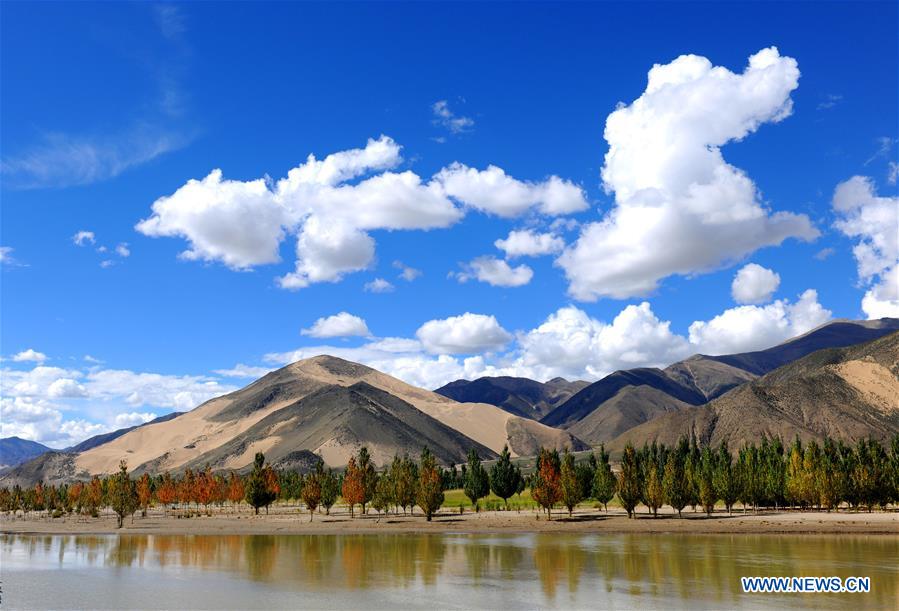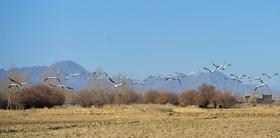Water condition remains good in Yarlung Tsangpo river basin
A new scientific report indicates that the water quality along the Yarlung Tsangpo river basin is good overall and that the ecological environment has maintained excellent conditions. The reportwas conducted as a focal project of the Ministry of Science and Technology jointly undertaken by the University of Tibet, Tianjin University, Beijing University and the Chinese Academy of Science along with the Resource Research Institute titled “Tibet Environment Water Chemistry Survey and Drinking Water Safety Assessment Technology Research”.
The project manager, professor from the University of Tibet Xin Tan said,theinvestigation covered the water conditions of the main flow area of the river from its source up until it leaves Tibet, and furthermore, all of the largest subsidiaries were also investigate. By taking water samples and sediment specimens along the river in the basin, furthermore, by doing live initial analyses indexing and by continuing analyses in the lab room the survey came to the aforementioned conclusion based on a research foundation that utilized a large quantity of primitive resources.
Xin Tan said, “The survey research has established a scientific basis for preservation of the Yarlung Tsangpo river basin environment as well as sustainable development of the basic abundant water resources. It also has provided support for the construction of a high altitude ecological protective screen for Tibet.
The Yarlung Tsangpo river is our country’s longest plateau river and the amount of hydroelectric reserves are only second to the river itself. It is the “mother river” of Tibet and the main artery of economic development. In fact, about half of the population of Tibet as well as industry and agriculture production are all focused within the river basin.
"Looking out into the sandy air, with a great gust of wind coming you could not even see your house” was once an actual portrayal of the environment along the edges of the river. Especially the areas near Lhasa, Lhokha and Shigatse in Tibet. Since the 1980s greenification and forest projects have been conducted along the river and millions of trees have been planted. In essence a “green great wall” has been constructed, something that also protects the water quality.
Your Comment
Name E-mailRelated News
-
;
-
-

-
Scenery of Yarlung Zangbo River in China's Tibet
Photo taken on Aug. 19, 2013 shows the greenbelt at the river valley of Yarlung Zangbo River nearby the Lhasa Gonggar Airport, southwest China's Tibet Autonomous Region.
-
-
-

-
Amazing scenery of Yarlung Zangbo River
Stretching for more than 2,900 kilometers and as the river at the highest altitude in the world, the Yarlung Zangbo River is located in Tibet.
-
-
-

-
Black-necked cranes seen along Yarlung Zangbo River
A group of black-necked cranes walk along a bank of the Yarlung Zangbo River in Tibet autonomous region, Nov 22, 2015.
-
Based in Lhasa, Tibet Vista is a Tibet travel agency that specialized in Tibet permit, and Tibet tours for both private and group travelers at a local price!
•4 Days Lhasa City Group Tour from USD 460 •8 Days Everest Base Camp Group Tour from USD 850 •15 Days Mt.Kailash Group Tour from USD 1780 •2016 Tibet Train Tours from Beijing, Shanghai, Chengdu, Xining,etc










